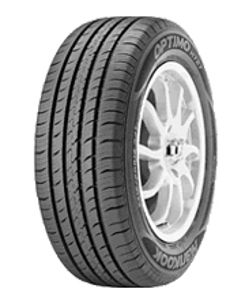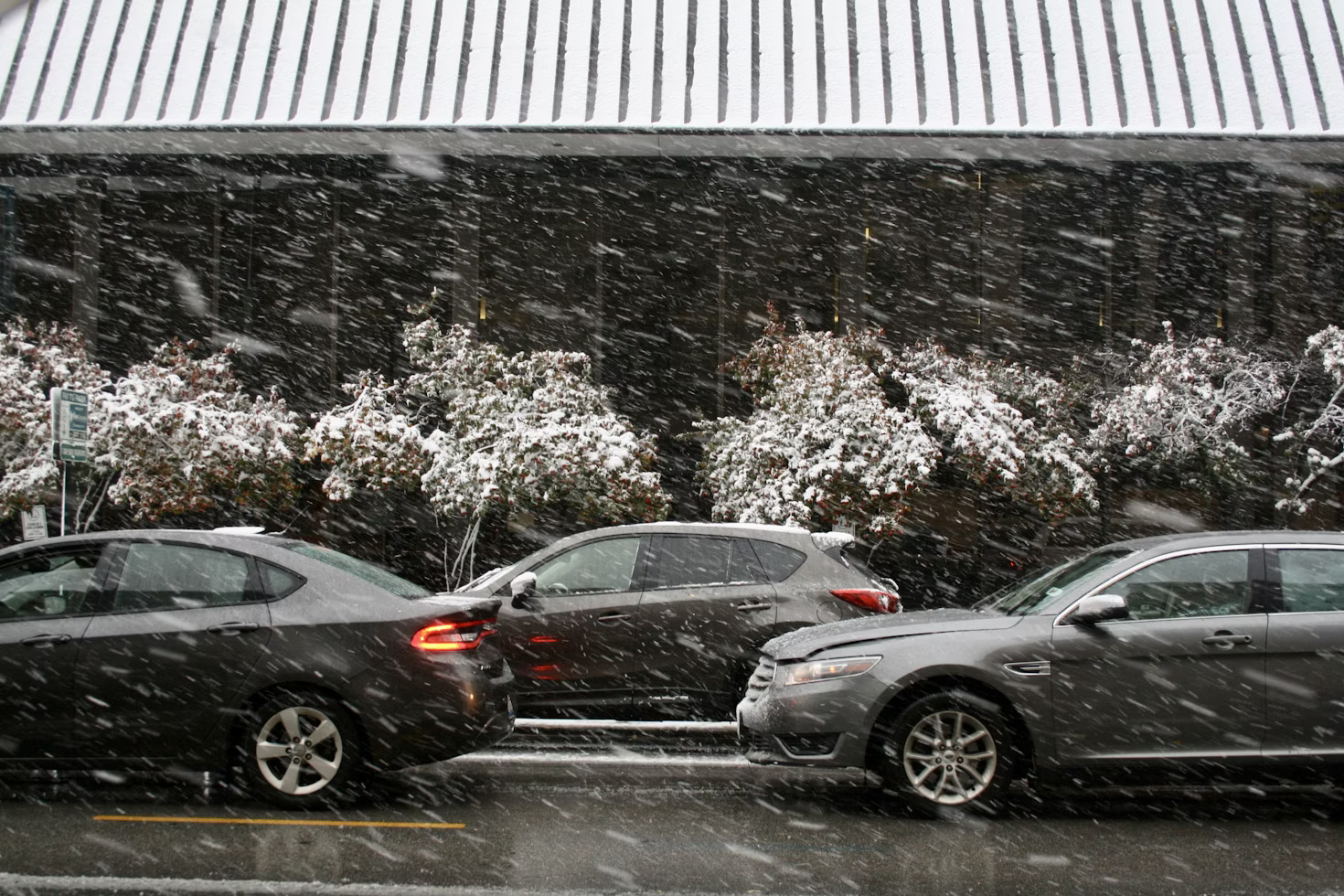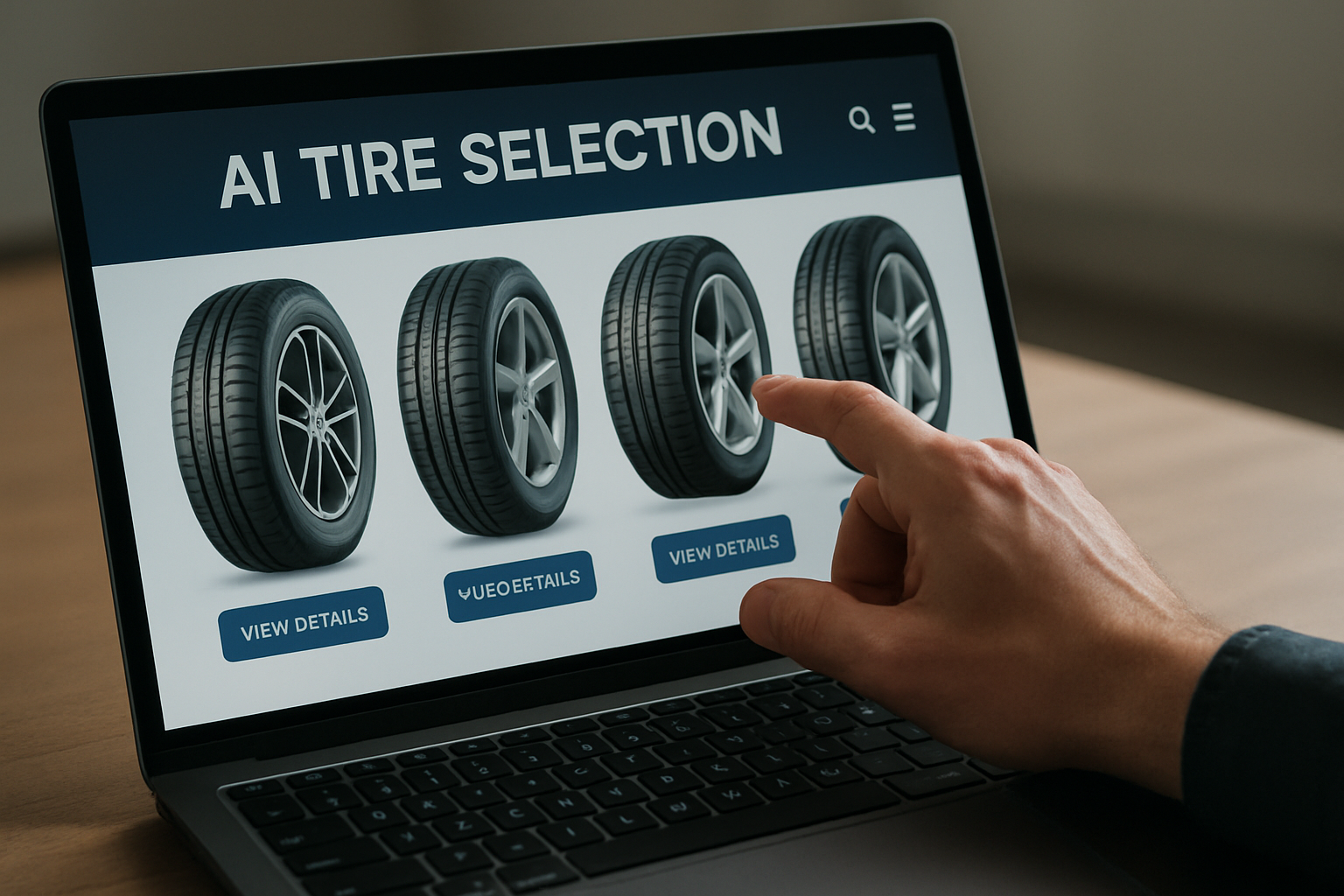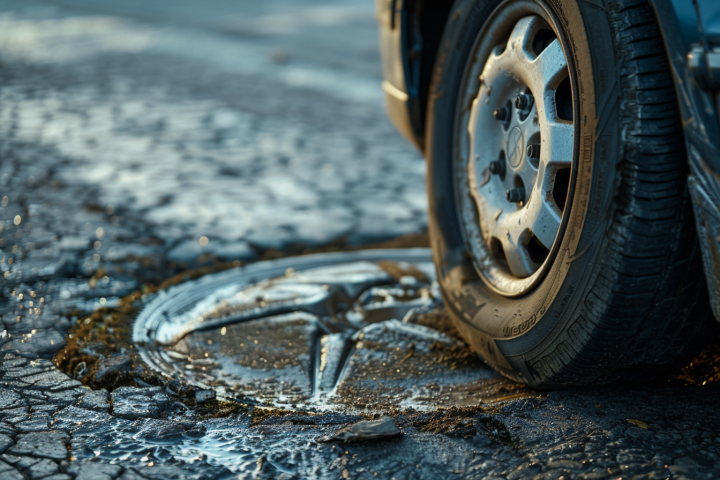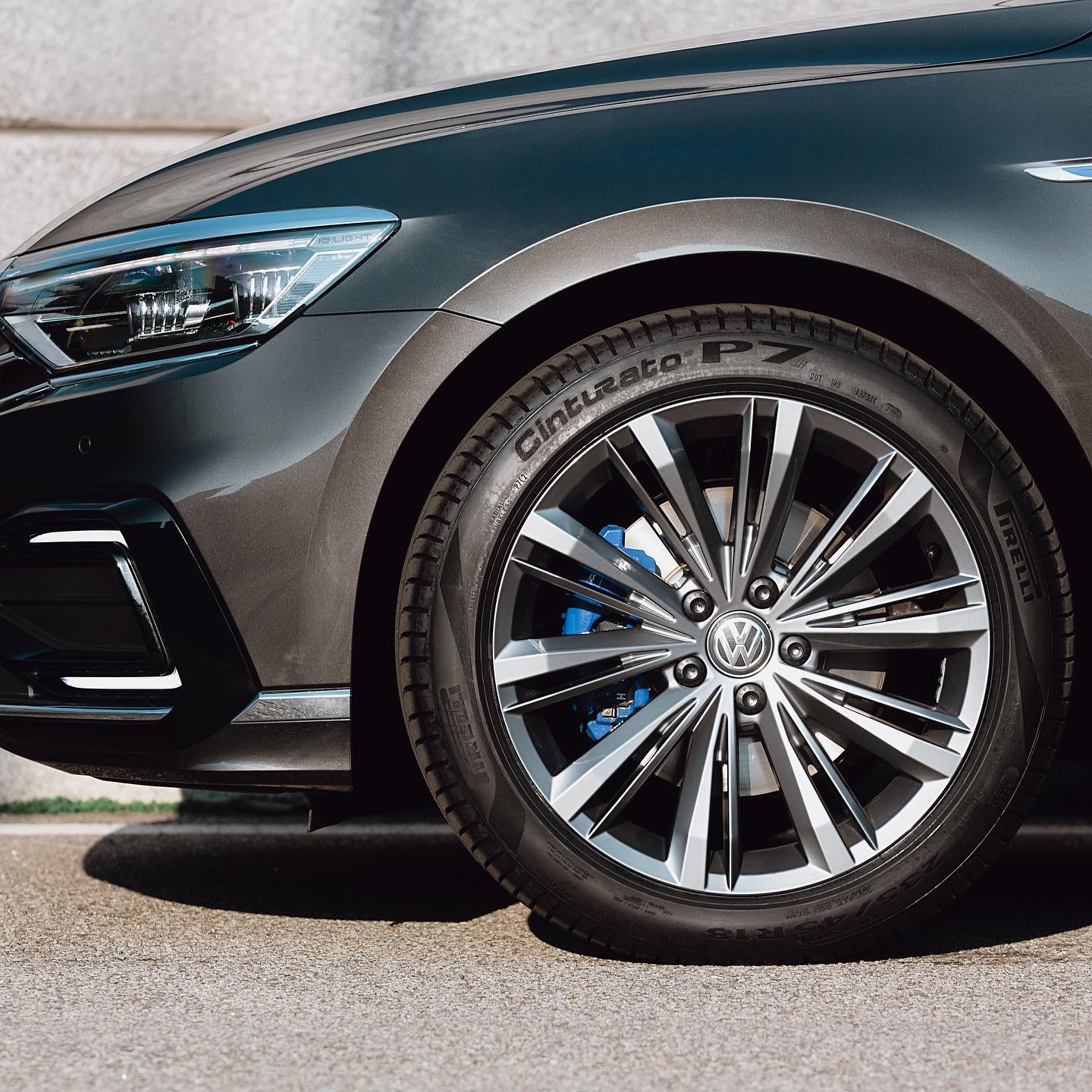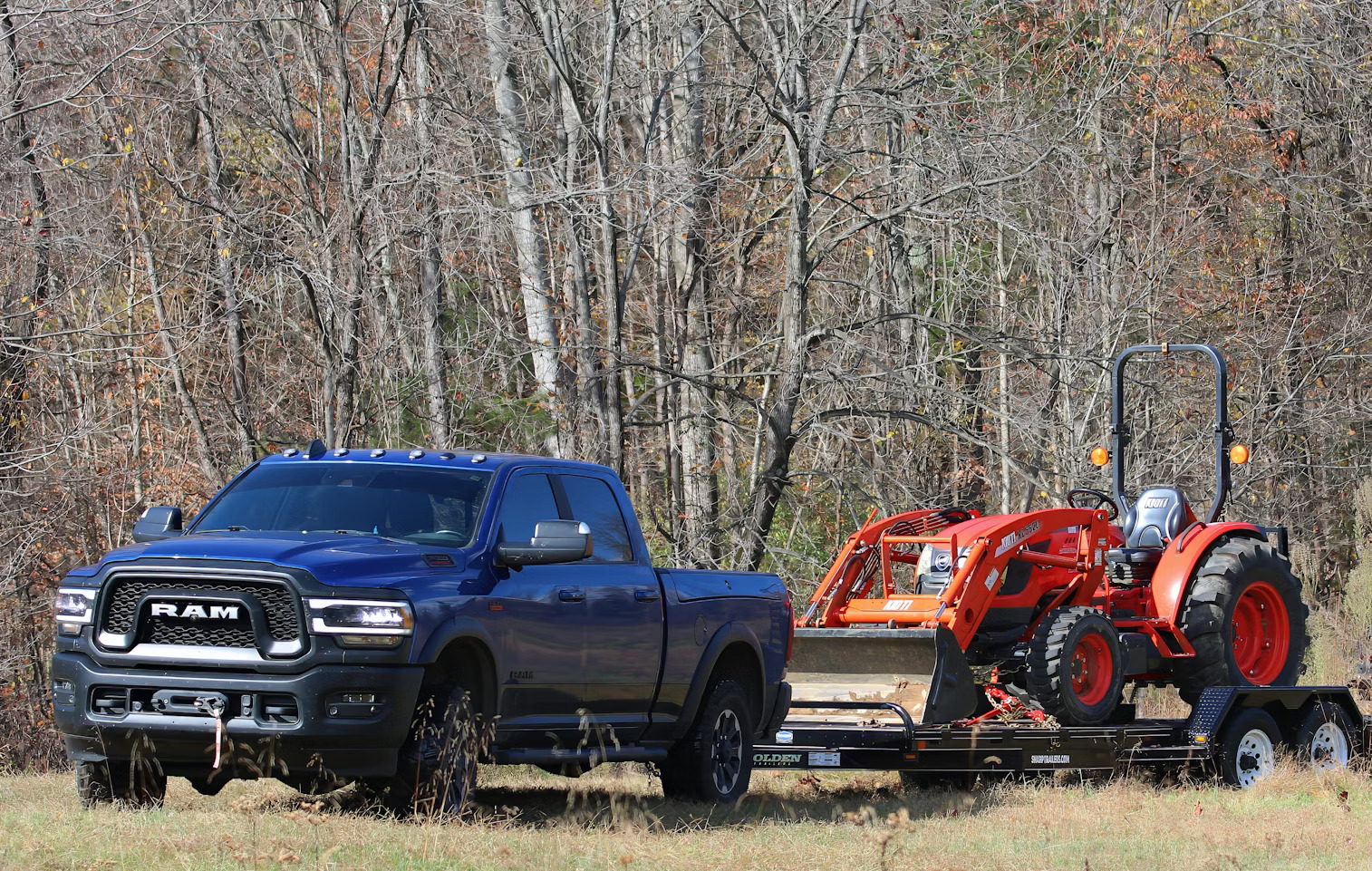Last Updated on July 29, 2025
Exploring Key Factors for a Smart Tire Purchase That How To Buy Tires
The longest possible tread life? High performance all weather handling?
A soft and quiet drive? A tire that improves your gas mileage? All of the above?
Sorry. Tires have come a long way, and they all do an excellent job across the board, but a single tire can’t give you “all of the above.” You still have to decide which attributes are most important when buying tires.
How to buy tires? Here are some of the things that tire engineers consider when they design a tire:
Traction or Tread Life?
High-traction tires have unique rubber compounds that help them grab the road with sharp cornering and fast stopping. Unfortunately, all that road holding means speedier tread wear.
Millions of drivers consider long tread life the most critical tire attribute when shopping for new tires. However, tires with extended tread warranties have stiffer, less flexible treads, so they don’t grip the road like those high-traction tires mentioned above.
Both tire styles are safe and well-made. The decision depends upon what kind of driver you are and what car you drive.
The Hankook OPTIMO H727 is an example of a tire engineered to have excellent tread life. It comes with a 100,000-mile warranty!
Precision Handling or a Smooth Ride?
Take your pick. Or compromise somewhere in between.
Handling becomes more precise when tire sidewalls are a bit stiff, which is of significant importance to some drivers. However, when sidewalls are less flexible, the ride becomes slightly less smooth, and road noise gets louder.
When tire sidewalls are more flexible, the ride is smoother and quieter. What you gain in comfort, you lose in precision handling. Again, both kinds of tires are safe. Which tires you buy depends on your preferences as a driver.
High Performance vs. Fuel Efficiency
Low Rolling Resistance tires save fuel. One reason is that they are rounder than regular tires. The place where tires meet the road is called the “contact patch,” which is always flatter than the rest of the tire because of all the pressure pushing down from the car. The contact patch is more minor on Low Rolling Resistance tires, which makes them more round. Therefore, they roll easier, which saves gas because it doesn’t take as much fuel to push them.
When the contact patch is more minor, there is less friction, which explains why they roll more easily. However, as mentioned at the beginning of this article, if you’re looking for traction and enhanced performance, you need more friction. The bigger the patch, the better the performance, but the smaller the contact patch, the better the gas mileage.
The most important element when shopping for tires is understanding the features you need for the driver and the driving conditions you face on the road. Matching these needs with the features that best support those conditions is the best way to ensure you get what you need for the best price.
Tips on How to Buy Tires
The process can be simplified by dividing the purchase of tires into a few key steps.
- Firstly, it’s crucial to research and compare different brands and models before you buy tires. This allows you to assess the specific features and benefits that align with your needs.
- Next, consider your budget for the tire purchase, as this will influence your options. Once you’ve decided, visit a reputable tire dealer to buy tires from a trusted source.
- Finally, after you buy tires, prioritize regular maintenance and inspections to ensure they perform optimally throughout their lifespan. Following these steps, you can confidently navigate the process and buy tires perfect for your vehicle.
Conclusion
Buying the right tires is a crucial decision that affects your vehicle’s performance and safety. Understanding the essential features and factors involved in tire selection is the key to making a smart purchase. At Tires Easy, we’re here to assist you every step of the way. Don’t compromise on safety and performance; choose the perfect tires for your vehicle today.
Ready to buy the ideal tires for your vehicle?
Visit Tires Easy to explore our extensive range of high-quality tires, receive expert guidance, and confidently purchase your tire. Your journey begins here!
FAQs
How do I know what tires to buy?
Choosing the right tires involves considering your vehicle type, driving conditions, and personal preferences. Start by checking your vehicle’s owner’s manual for tire recommendations. You can also consult with tire experts or use online tools from tire manufacturers and retailers to find tires that match your specific needs and budget.
Is it better to buy 2 or 4 tires?
For optimal safety and performance, replacing all four tires at the same time is generally recommended. Matching tires ensures even wear and balanced handling. However, if your budget is a concern, replacing two tires (usually the rear ones) is acceptable as long as they are of the same brand, model, and size as the existing tires on your vehicle.
How do I know when to buy tires?
The condition of your tires plays a crucial role in your safety on the road. Check your tire tread depth regularly using a tread depth gauge or the penny test. If the tread depth is at or below 2/32 of an inch, it’s time to replace your tires. Additionally, look for signs of damage, such as cracks, bulges, or punctures, which may indicate the need for replacement.
How do you read tire sizes?
Tire sizes are typically displayed on the tire’s sidewall in a standardized format. The site consists of numbers and letters, such as P215/65R16. The first number (e.g., P215) represents the tire’s width in millimetres. The second number (e.g., 65) is the aspect ratio, indicating the tire’s profile. The letter (e.g., R) denotes the tire’s construction type, with “R” representing radial. The final number (e.g., 16) is the diameter of the wheel in inches. Understanding these numbers helps you select the right-sized tires for your vehicle.
-
Automotive Specialist
-
Proofreader
-
Writer




